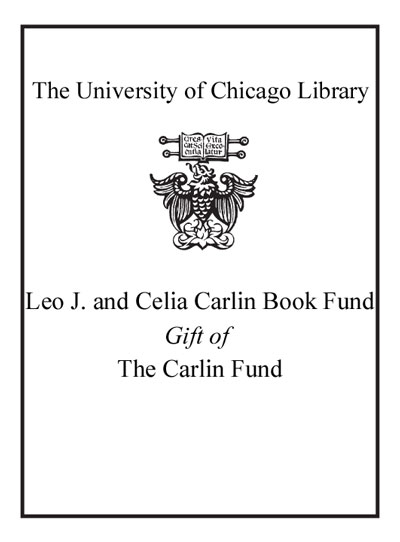Mammals of Ungava & Labrador : the 1882-1884 fieldnotes of Lucien M. Turner together with Inuit and Innu knowledge /
Saved in:
| Author / Creator: | Turner, Lucien M. (Lucien McShan), author. |
|---|---|
| Imprint: | Washington, D.C. : Smithsonian Institution Scholarly Press, in association with the Arctic Studies Center, [2014] |
| Description: | lii, 384 pages : illustrations (some color), maps ; 27 cm. |
| Language: | English |
| Series: | A Smithsonian contribution to knowledge Smithsonian contribution to knowledge. |
| Subject: | |
| Format: | Print Book |
| URL for this record: | http://pi.lib.uchicago.edu/1001/cat/bib/9903303 |
Regenstein, Bookstacks
| Call Number: |
E99.E7 T83 2014
|
|---|---|
| c.1 | Checked out Request via Interlibrary Loan Need help? - Ask a Librarian |

